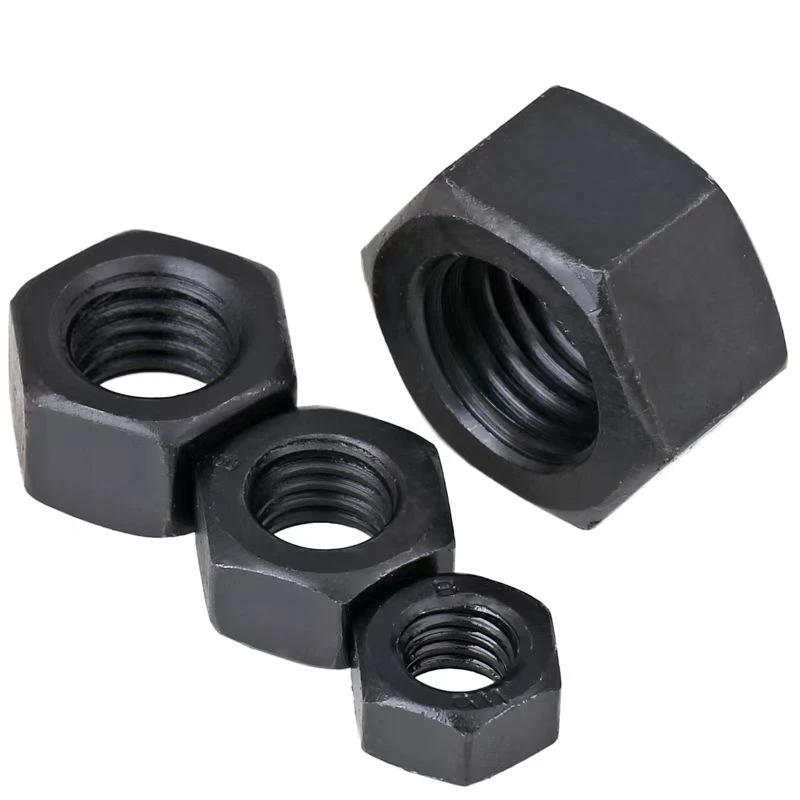radiator screws
Oct . 16, 2024 05:28 Back to list
radiator screws
Understanding Radiator Screws Essential Components in Heating Systems
When it comes to maintaining an efficient heating system, one might overlook the importance of small components like radiator screws. While they may seem like minor fixtures, these screws play a critical role in ensuring that radiators are securely fastened and operate effectively. In this article, we will explore the significance of radiator screws, the different types available, and maintenance tips to keep your heating system in top shape.
Radiators are essential for heating homes and buildings. They work by circulating hot water or steam to emit warmth into a room. The effectiveness of a radiator depends not only on its design and functionality but also on how well it is installed. Radiator screws are the fastening elements that secure the radiator to the wall brackets and ensure that the system functions without any leakage or instability.
Radiator screws come in various shapes, sizes, and materials, which can vary based on the type of radiator and the installation requirements. Typically made from corrosion-resistant materials such as stainless steel or brass, these screws are designed to withstand high temperatures and humid environments. Choosing the right type of screw is crucial. For instance, using screws that are too short may result in inadequate support, while oversized screws can damage the radiator or the wall.
radiator screws

In installations, two main types of screws are usually employed wall screws and bleed screws. Wall screws are used to mount the radiator to the wall brackets, ensuring stability and safety. Conversely, bleed screws, often found at the top of the radiator, allow for the release of trapped air within the system, which can hamper efficiency. Regularly checking and maintaining these screws is essential for optimal radiator performance.
Maintenance of radiator screws should not be overlooked. Over time, screws can become loose due to thermal expansion and contraction of the radiator during heating cycles. It is advisable to conduct periodic inspections of the screws, ensuring they are tightly secured. If a screw is stripped or damaged, replacing it immediately is crucial to prevent any leaks or falls.
Another important aspect to consider is proper insulation. Even with secure screws, a poorly insulated radiator can lead to significant heat loss and inefficiency. Ensuring that the screws and the entire heating system are insulated properly can contribute to increased energy efficiency, ultimately resulting in lower utility bills.
In conclusion, radiator screws may appear to be a small detail in the vast realm of heating systems, but their role is undeniably vital. By understanding the various types of screws, their functions, and the importance of maintenance, homeowners can ensure that their heating systems operate smoothly and efficiently. Regular inspections and timely replacements will not only enhance the longevity of the radiator but also promote a comfortable living environment throughout the colder months. So, the next time you think about your heating system, remember that every component counts, and attention to detail can make a world of difference.
Latest news
-
High-Quality Panel Stud Bolt Reliable Panel Stud Bolt Factory & Suppliers
NewsJul.08,2025
-
High-Precision Fine Thread Locknuts Manufacturer & Supplier Custom Solutions
NewsJul.08,2025
-
PH Imperial Stud Bolt – High Strength Fasteners from Leading Supplier & Factory
NewsJul.07,2025
-
High-Quality Allen Wrench Bolts Leading Factory, Company & Suppliers
NewsJul.07,2025
-
Wholesale Ball Stud Bolt - High Quality Supplier & Factory Price Reliable Wholesale Ball Stud Bolt Company
NewsJul.06,2025
-
High-Strength Alloy Bolts Manufacturer & Supplier Quality Alloy Fasteners Factory
NewsJul.06,2025
